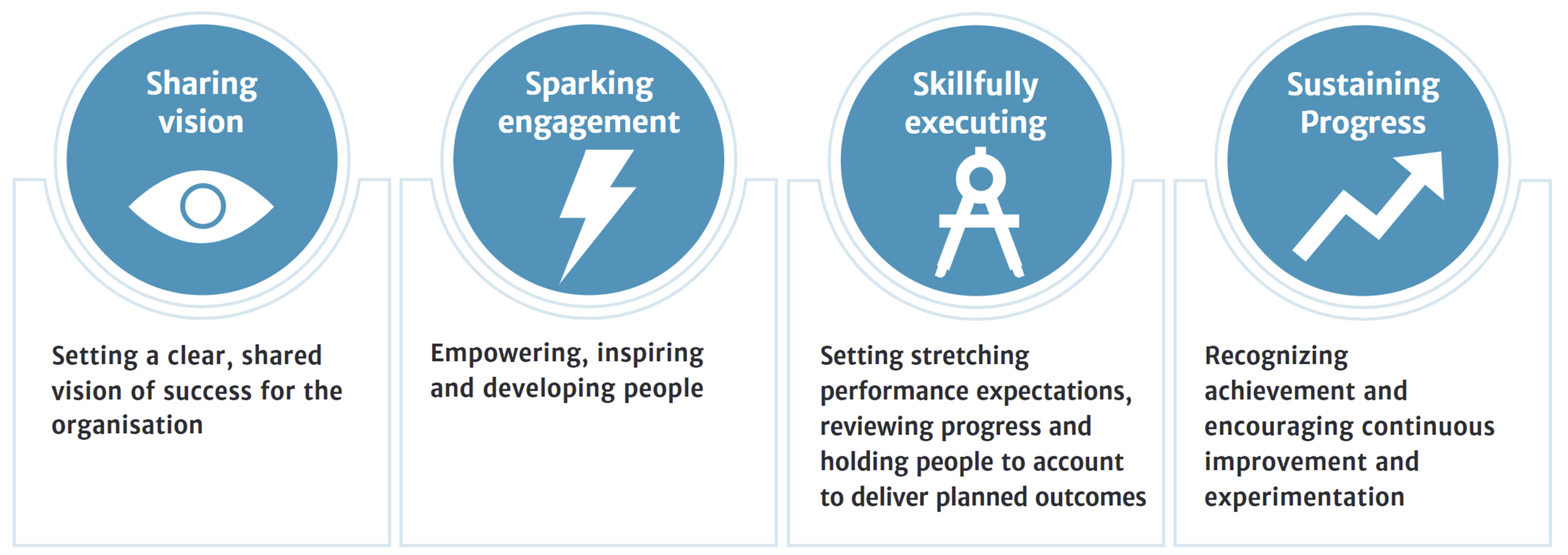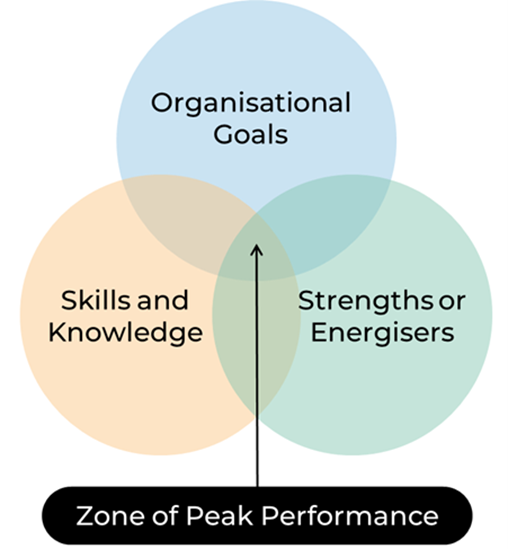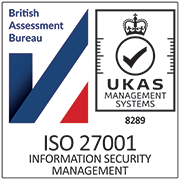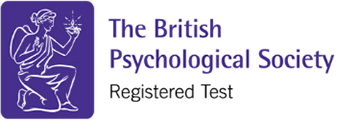-
What are strengths, what are skills, and can you strengthen upskilling?
When we say ‘strengths’, we’re talking about qualities that energise you and that you are great at or have the potential to become great at.
What about skills? Skills are different from strengths. A skill is an ability, from knowledge, practice and training, to do something well.
Skills and strengths are complementary as we need both to be effective and energised in doing work tasks. Using strengths when building skills can make learning tasks easier and more effective.
When we build skills in areas where we already feel strong and energised, we tend to learn faster. Here is a podcast we did on why you should be directing your learning towards your strengths.
Strengths can give a valuable ‘supercharge’ or boost of energy when tackling learning and development tasks. In short, to get the most from building skills, put your strengths to work.
-
How do strengths supercharge skills? What does science say about this?
Moore, Bakker, van Mierlo and van Woerkom (2023) found that using ‘character’ strengths leads to people experiencing more freedom and determination over their work tasks and a belief in achieving goals. This led to much higher levels of task performance and goals achieved at work.
In a learning environment, people are likely to reach their goals faster and build stronger skills when they use their strengths. This happens because they feel more in control and motivated in how they approach learning.
Applying this to a learning environment means that people are more likely to achieve learning goals faster and build stronger skills when they are encouraged to use their strengths. And this is due to a greater level of ‘self-determination’ in the way that people approach their learning tasks.
Linley, Nielsen, Wood, Gillett and Biswas-Diener (2010) found that consistent use of ‘signature’ strengths in a learning environment led to higher levels of achieving goals, fulfilling psychological needs and a greater sense of well-being.
Using ‘character’ strengths can boost positive emotions, improving cognitive flexibility, creativity, and problem-solving skills. According to Fredrickson’s broaden-and-build theory (2001; 2006), positive emotions help expand our awareness and encourage us to think and act more open, curious, and exploratory. This broader mindset can support more effective learning and the development of new skills.
When people use their character strengths, they are more likely to experience flow, a state of deep focus and complete immersion in an activity. Csikszentmihalyi (1990) and later Csikszentmihalyi, Abuhamdeh, and Nakamura (2005), explained that flow leads to higher levels of performance and skill development. When activities align with a person’s strengths, they feel more motivated and can practice with greater intensity and persistence.
Based on the work we’ve reviewed in this area, we conclude that bringing your strengths into the upskilling process helps you reach learning goals more quickly and with a greater sense of well-being. Using your strengths boosts motivation, increases problem-solving abilities, and increases your capacity to practice.
-
Guidance on combining strengths with skills
In practical terms, our guidance is twofold:
- Encourage employees to select the strengths most helpful for their upskilling or reskilling goals. Make these connections specific.
For example:
- I will use my Results Focus strength to make sure I complete Modules 1–3 by the end of this week.
- I will use my Collaboration strength to find a learning partner who’s also developing skills in this area, and we’ll keep each other accountable.
- I will use my Enthusiasm strength to share what I’ve learned with my team and inspire them to explore new skills.
- Consider supporting employees in choosing upskilling or reskilling areas that align with their natural strengths. People tend to show more persistence and competence in areas where their strengths are a natural fit.
Guidance for identifying these opportunities using Strengthscope® can be found in the Strengthscope® report and the coaching tips module.
For example:
- Strategic Mindedness strength: strategic planning, strategic thinking skills
- Efficiency strength: project and programme management skills
- Persuasiveness strength: negotiation and influencing skills.
The table below shows how the top 9 employability skills identified in the UK for STEM (Science, Technology, Engineering, and Mathematics) careers can be mapped against two key Strengthscope® strengths. This kind of mapping can be adapted for any role, industry, or career by identifying the most relevant strengths for the skills required. It provides clear focus areas for upskilling that align with an individual’s strengths, as recommended in point #1 above.
| Top 9 employability skills | Strengthscope strengths |
| Using initiative and being self-motivated | Initiative & Leading |
| Organisational skills | Efficiency & Detail Orientation |
| Working under pressure and to deadlines | Resilience & Results Focus |
| Ability to learn and adapt | Self-improvement & Flexibility |
| Communication and interpersonal skills | Enthusiasm & Persuasiveness |
| Teamwork | Collaboration & Relationship Building |
| Negotiation skills | Persuasiveness & Empathy |
| Valuing diversity and difference | Strategic Mindedness & Compassion |
| Problem-solving skills | Critical Thinking & Creativity |
-
How does this work in the context of leadership development?
The same basic principles covered in section 3, above, apply to leadership development. Bring your strengths into any upskilling leadership development plan, and you will achieve your learning goals faster and with more energy. Consider how you can take your leadership skills to the next level by identifying skill areas linked to your areas of natural strength. Guidance on this can be found in our StrengthscopeLeader™ report.
Additionally, StrengthscopeLeader™ specifically provides leaders with stakeholder feedback on core leadership skills such as sharing vision, sparking engagement, skilful execution and sustaining progress (see illustrative graphic below).

These effective leadership skills or ‘habits’ have been identified through wide-ranging research.
This includes Strengthscope’s own research as well as referencing other accounts of effective leadership, such as Bass and Riggo (2006), Chen and Bliese (2002), Heifetz et al (2009), House (1996), Kouzes and Posner (2007) and Northouse (2007). While a lot of the original source material is over fifteen years old, in some cases older, our effective leadership model remains highly relevant today.
The structure of our StrengthscopeLeader™ report enables leaders to bring their strengths into their development planning and directly link their strengths to their skills when considering which leadership behaviours could benefit from upskilling.
-
What about team development?
The model we’ve developed to support our StrengthscopeTeam™ product suggests that teams perform at their best when they understand and apply their strengths effectively, individually and as a group, while also developing key team skills and habits. This combination is what drives effective, high-performing teams. (Supported by the work of Boynton and Fischer 2009, Katzenbach and Smith 1999, and Miles and Watkins 2008). The graphic below illustrates the skill-based model that is central to team development using StrengthscopeTeam™:

Areas of team skills included in the model cover five areas of team function:
- Developing a clear set of aspirations which can provide clarity of goals, roles and responsibilities for the team
- Building awareness of the team’s strengths and performance risks to build trust
- Taking action to use each other’s strengths and ideas to reach clear decisions and a high degree of accountability
- Developing agility to deal positively with change and develop change readiness
- Celebrating the team’s achievements and taking proactive steps to review and improve performance for continuous improvement.
We encourage teams to upskill across all these team skill areas, using their strengths wherever possible to create a strong level of engagement, resilience, and building on areas they already have competence.
Conclusion: Strengths boost skill-building
As we can see from the evidence presented, strengths can combine effectively with upskilling efforts to deliver higher performance levels for employees, leaders, and teams.
When these two elements are combined with a team, department, or organisational strategy, they can generate even greater returns for stakeholders.

When you use strengths to supercharge skills, you are likely to see:
- Higher learning persistence
- Faster skill acquisition
- Higher levels of skill development
Additionally, upskillers report more enjoyment in the learning process. We recommend two main methods for incorporating strengths into skill development:
- Use strengths to fuel skill development
- Develop skills in areas of natural strength.
For a confidential, zero-expectations conversation on our approach, please contact us.
References
Bass, B.M & Riggo, R.E. (2006). Transformational leadership (2nd Ed.). East Sussex, UK: Psychology Press.
Boynton, A. and Fischer, B. (2009). Virtuoso Teams: The extraordinary story of extraordinary teams. Harlow: Pearson Education.
Chen, G. & Bliese, P.D. (2002). The role of different levels of leadership in predicting self and collective efficacy. Evidence for discontinuity. Journal of Applied Psychology, 87, 549-556.
Csikszentmihalyi, Mihaly. (1990). Flow: The Psychology of Optimal Experience.
Csikszentmihalyi, M., Abuhamdeh, S., & Nakamura, J. (2005). Flow. In A. J. Elliot & C. S. Dweck (Eds.), Handbook of competence and motivation (pp. 598–608). New York: Guilford.
Fredrickson, Barbara. (2001). The Role of Positive Emotions in Positive Psychology. The American psychologist. 56. 218-226. 10.1037/0003-066X.56.3.218.
Fredrickson, B. L. (2006). The Broaden-and-Build Theory of Positive Emotions. In M. Csikszentmihalyi & I. S. Csikszentmihalyi (Eds.), A life worth living: Contributions to positive psychology (pp. 85–103). Oxford University Press.
Heifetz, R.A., Grashow, A. and Linsky, M. (2009). The Practice of Adaptive Leadership: Tools and Tactics for Changing Your Organization and the World. New York, NY: Harvard Business Review Press.
House, R.J. (1996). Path goal theory of leadership effectiveness: Lessons, legacy and a reformulated theory. Leadership Quarterly, 7, 323-352.
Katzenbach, J.R. and Smith, D.K (1999). The Wisdom of Teams: Creating the High-Performance Organization. New York: HarperBusiness.
Kouzes, J. M. & Posner, B. Z. (2007). The leadership challenge. San Francisco, CA: Jossey-Bass.
Linley, P. & Nielsen, Karina & Wood, Alex & Gillett, Raphael & Biswas-Diener, Robert. (2010). Using signature strengths in pursuit of goals: Effects on goal progress, need satisfaction, and well-being, and implications for coaching psychologists. International Coaching Psychology Review. 5. 8-17. 10.53841/bpsicpr.2010.5.1.6.
Miles, S.A. and Watkins, M.D. (2008). The Leadership Team: Complementary strengths or conflicting agendas? Harvard Business Review Onpoint, Spring 2008, pp. 112-123.
Moore, Hannah & Van Mierlo, Heleen & Woerkom, Marianne. (2023). Daily strengths use and work performance: A self‐determination perspective. Journal of Occupational and Organizational Psychology. 97. 190-208. 10.1111/joop.12466.
Northouse, P. G. (2007). Leadership: theory and practice. 4th ed. Thousand Oaks, CA: Sage Publications.









